Product Reviews
Belt
Outstand quality and it looks better in real life . I have crushed disc from years of being in the military sapper . It gives reassurance when your down deep in a squat
New belt for me
Extreemly happy with this new belt I got. Was time for an upgrade from my old 10yo belt, this hasnt dissapointed. Very high quality
Legit support without the bulk
I wanted something sturdy but not overkill. This 10mm hits the mark perfectly. Feels secure but still allows me to move and breathe between sets.
Built for lifters
You can tell this belt was made by people who actually train. Everything from the tongue cut to the suede finish screams lifter-first design.
Loving it
This was my first single prong belt and I’m impressed. Looks clean, performs even better. Worth it!
Great belt for smaller lifters
As a smaller-framed guy, I found this belt perfect. It doesn’t overpower your torso like some do. Still gives you a ton of support.
Heavy-duty, no gimmicks
I was tossing up between lever and prong and went this route for flexibility. Glad I did. Easy to adjust and still super tight.
Exactly what I needed
Great support for squats and deads. Doesn’t ride up or pinch. Definitely happy with the purchase.
Locks in tight
The wedge-cut tongue makes a huge difference. I thread a band through it to really crank it tight. Solid innovation.
All black everything
This thing is sleek. Matches my stealth vibe. But don’t be fooled—it's as functional as it is stylish.
Lifting Belts
Sale
$199.95 $149.96 25% OFF
10mm Harris Black & Orange Powerlifting Lever Belt
Lifting Belts: Enhance Your Strength and Stability at the Gym
Looking to take your weightlifting or powerlifting game to the next level? A lifting belt might be just what you need! Lifting belts, also known as weightlifting belts, weight lifting belts, or gym belts, are essential accessories designed to support your core and lower back during intense lifts. They are widely used by fitness enthusiasts, athletes, and powerlifters to improve performance and prevent injuries.
What does a lifting belt do?
A lifting belt provides valuable support and stability to your lower back and abdominal muscles, allowing you to generate more intra-abdominal pressure. This pressure not only protects your spine during heavy lifts, such as squats and deadlifts but also enhances your overall lifting capacity. By creating a stable base, lifting belts help you maintain proper form and reduce the risk of strains and sprains.
Do you really need a lifting belt?
While lifting belts can be incredibly beneficial for serious lifters, their usage might not be necessary for everyone. Beginners and those engaging in light to moderate lifts may not require a belt initially. However, as you progress and start handling heavier loads, a lifting belt becomes an invaluable tool to protect your back and boost your strength gains.
When should I start wearing a lifting belt?
The ideal time to start using a lifting belt is when you begin lifting heavier weights, typically around 70-80% of your one-repetition maximum (1RM). At this point, your core and lower back will benefit from the added support, helping you maintain proper form and prevent potential injuries during intense workouts.
Should you squat without a belt?
Squatting without a belt can be appropriate for lighter sets and warm-up exercises. It allows your core muscles to engage more and develop strength. However, as the weights increase, incorporating a lifting belt becomes advantageous to maintain stability and protect your back under heavy loads.
If you're serious about your gains and long-term lifting journey, consider investing in a quality lifting belt. You'll find a range of options, including powerlifting belts and lever belts, designed to suit your specific needs.
So, whether you're a powerlifting enthusiast, a seasoned weightlifter, or simply looking to add an extra layer of safety to your gym routine, lifting belts are a smart choice. Don't miss out on the chance to boost your performance and protect yourself from potential injuries - grab your lifting belt today!




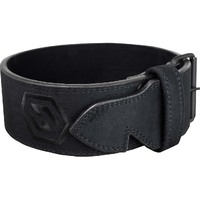



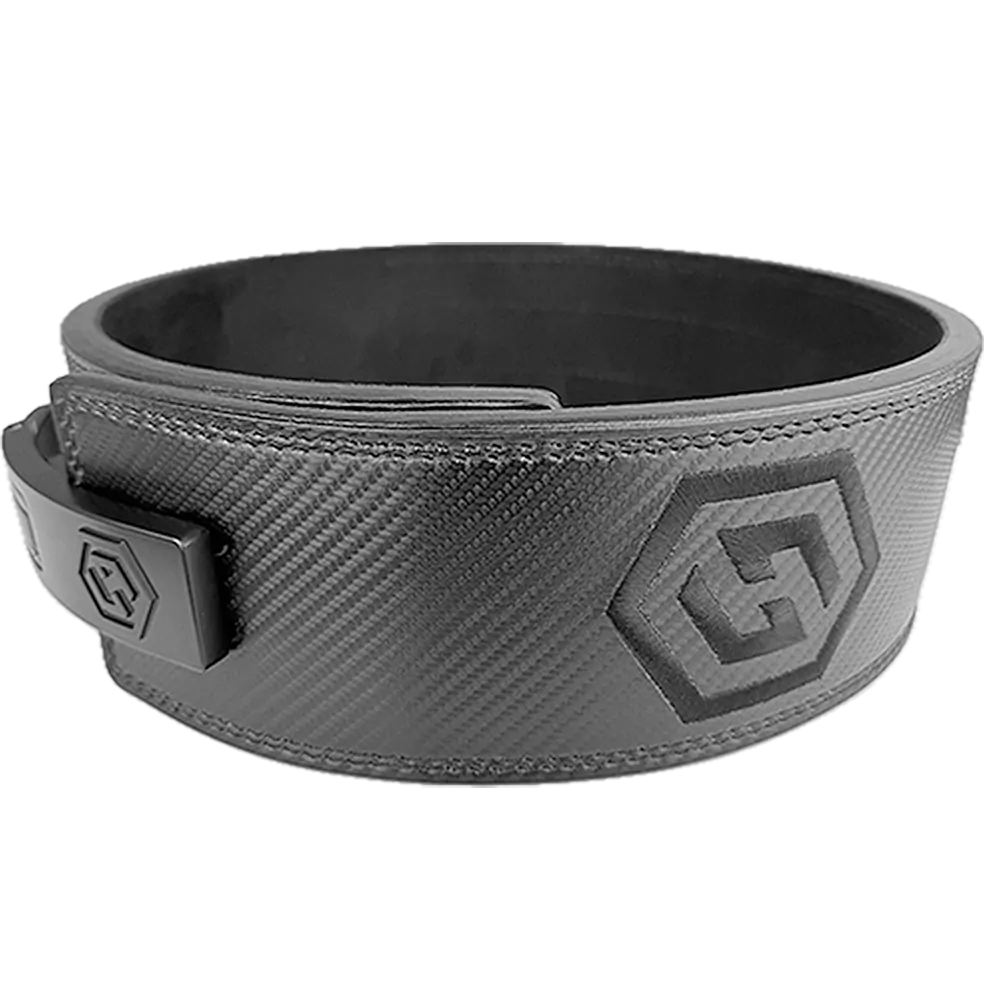

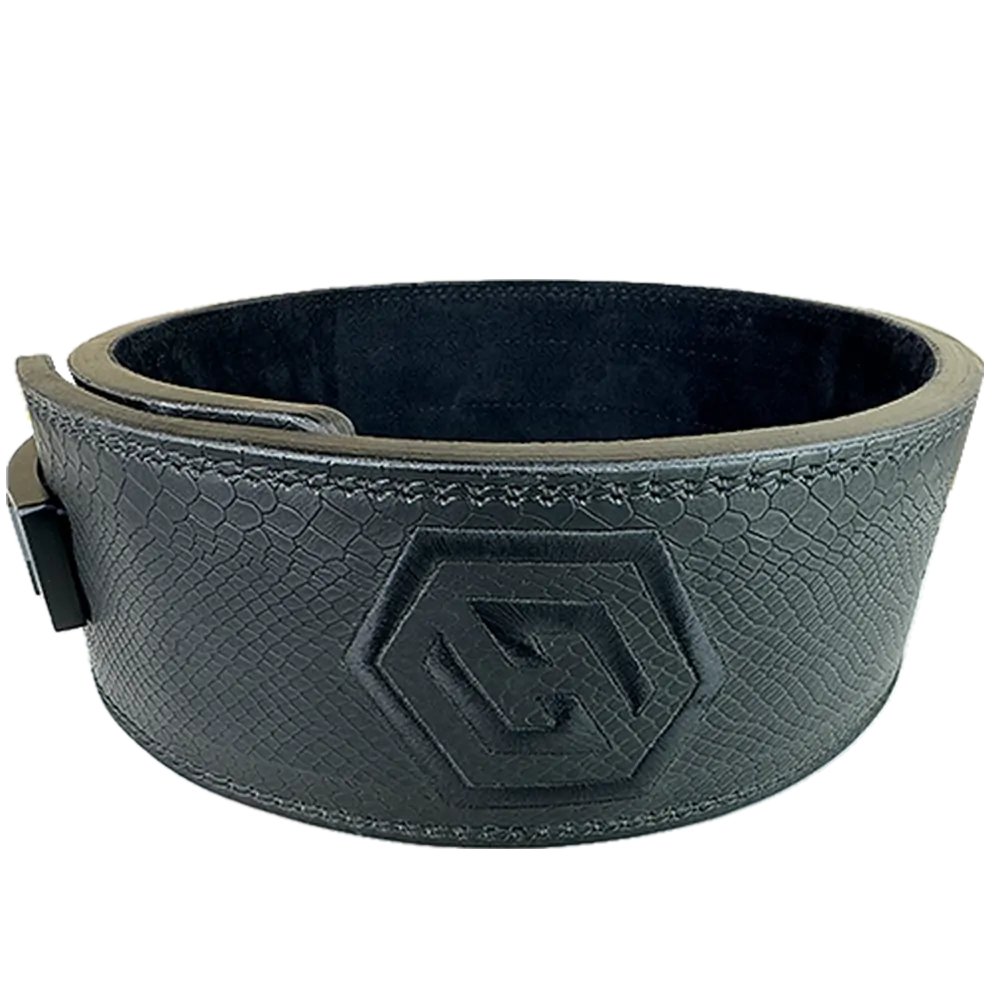

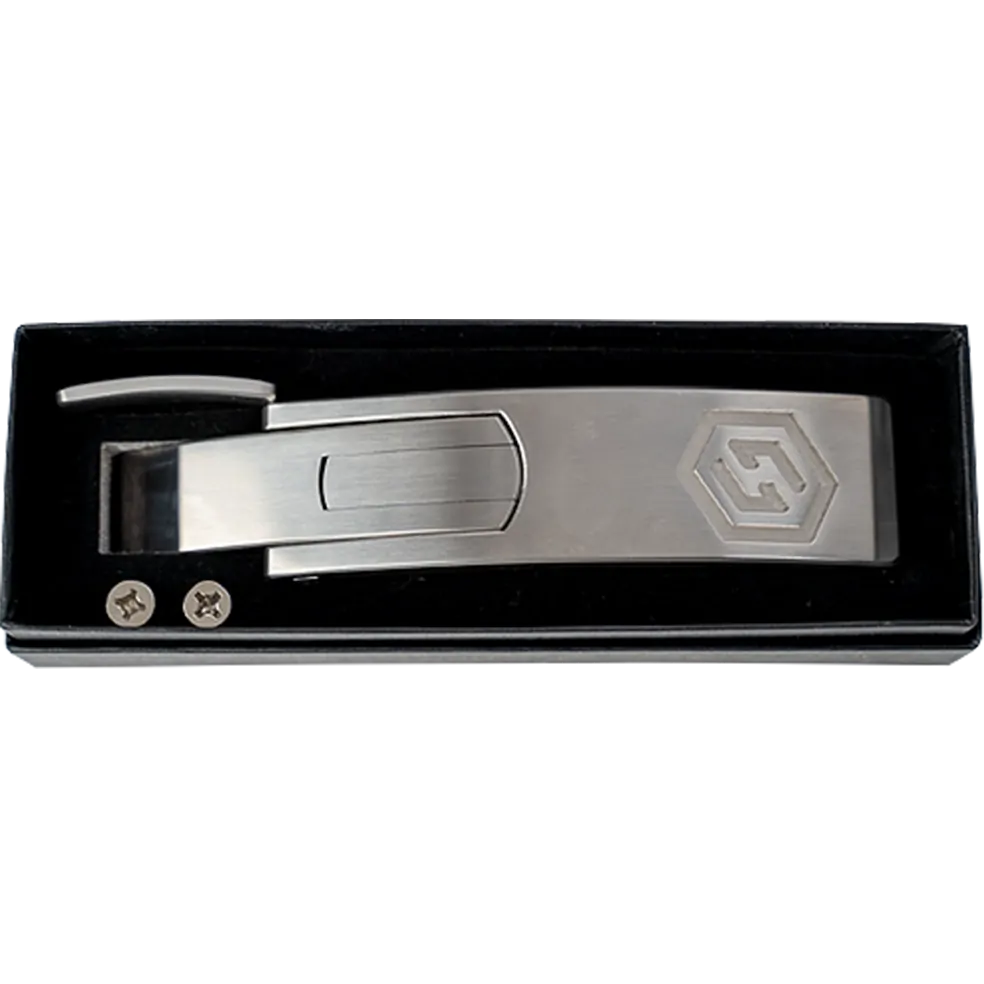

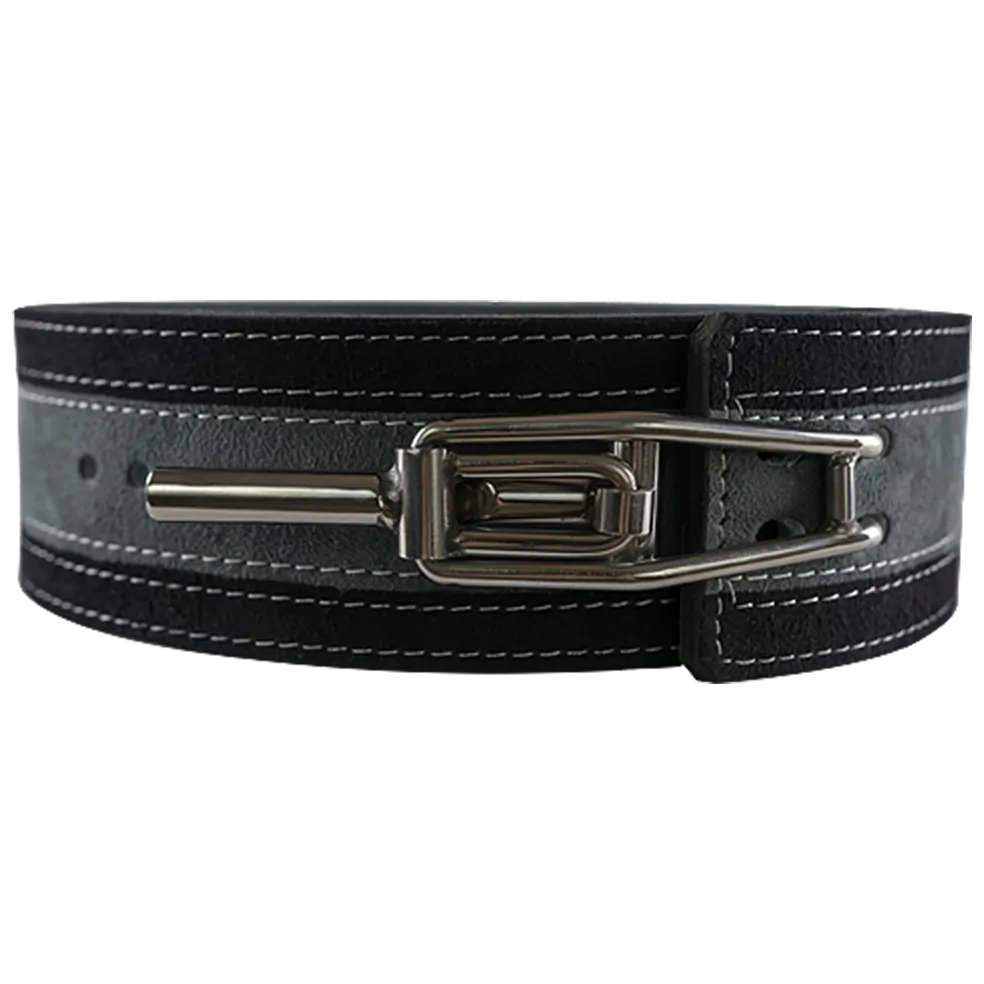

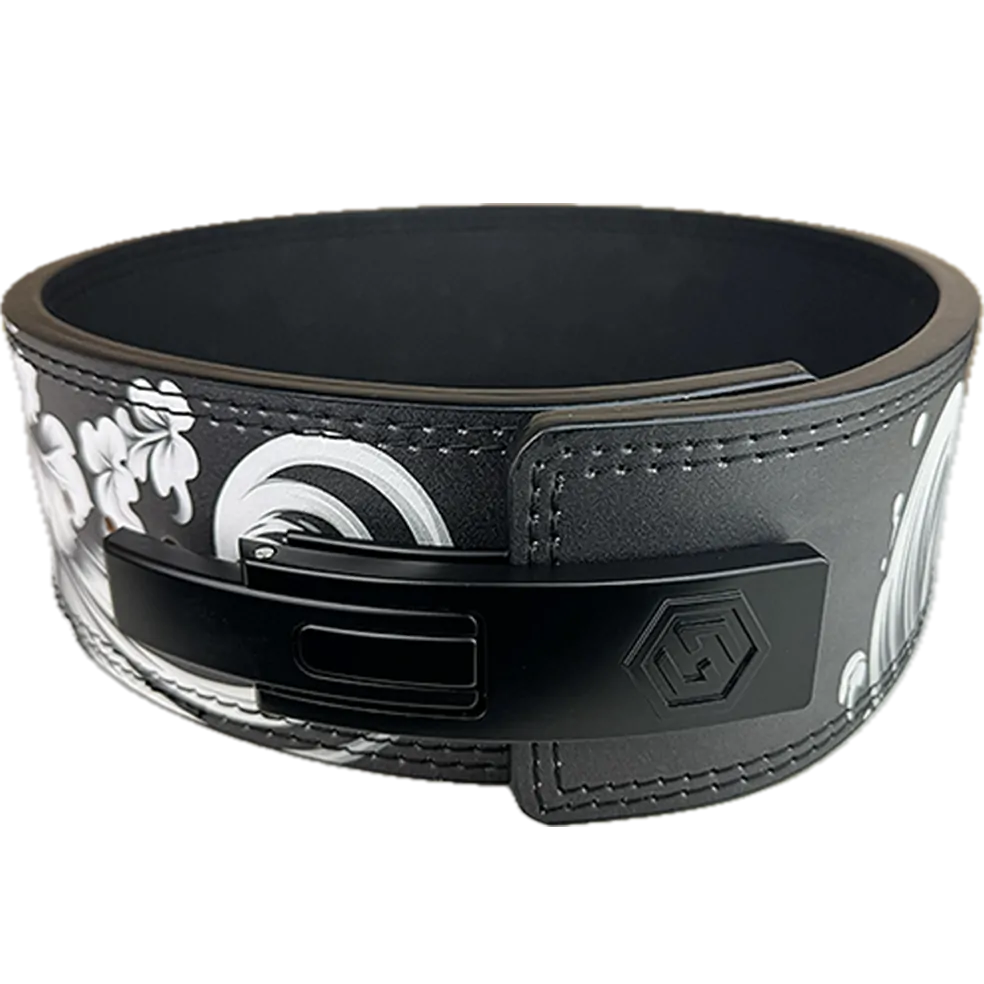

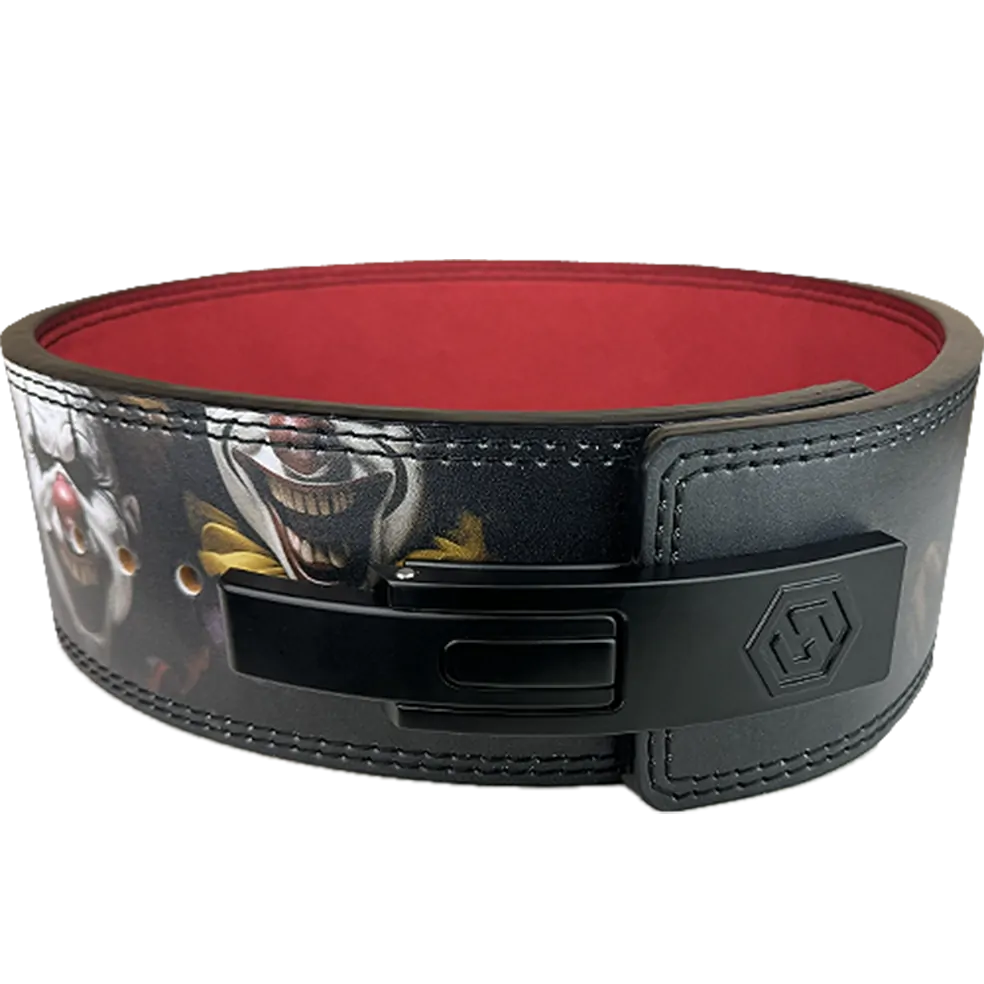

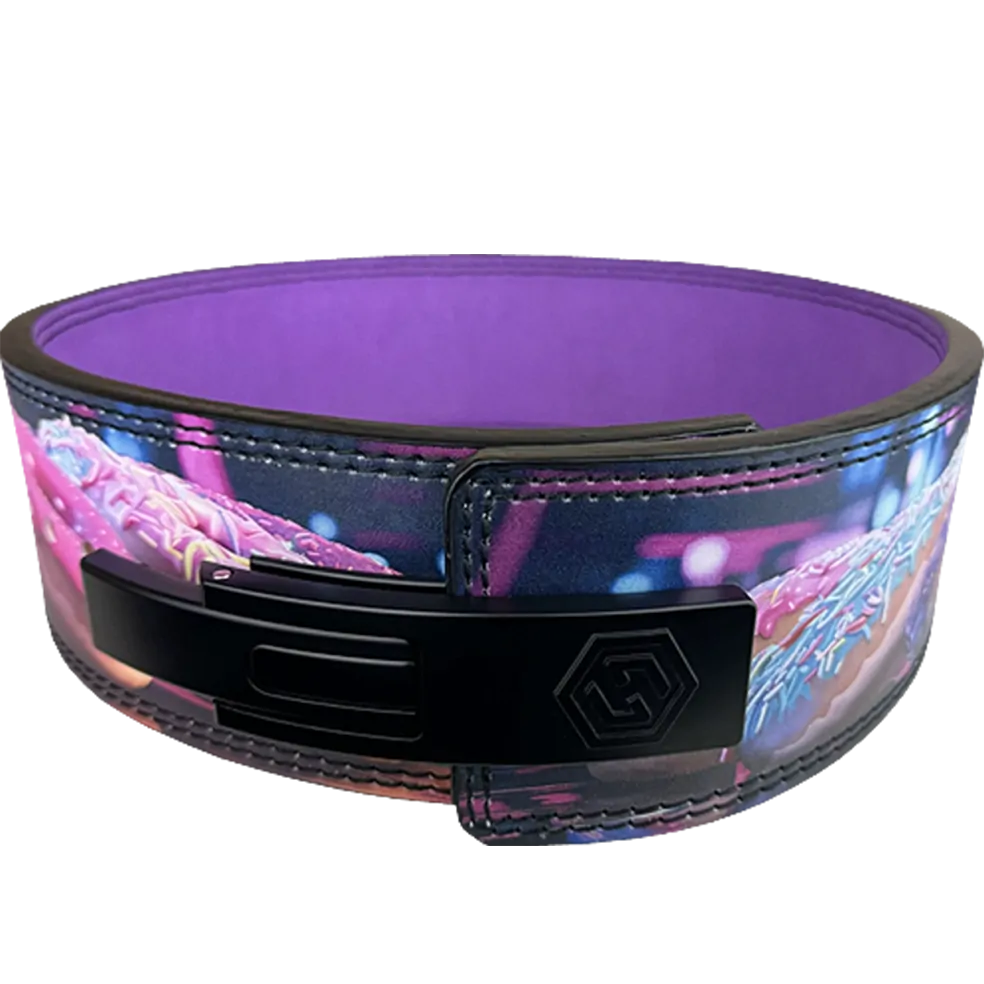

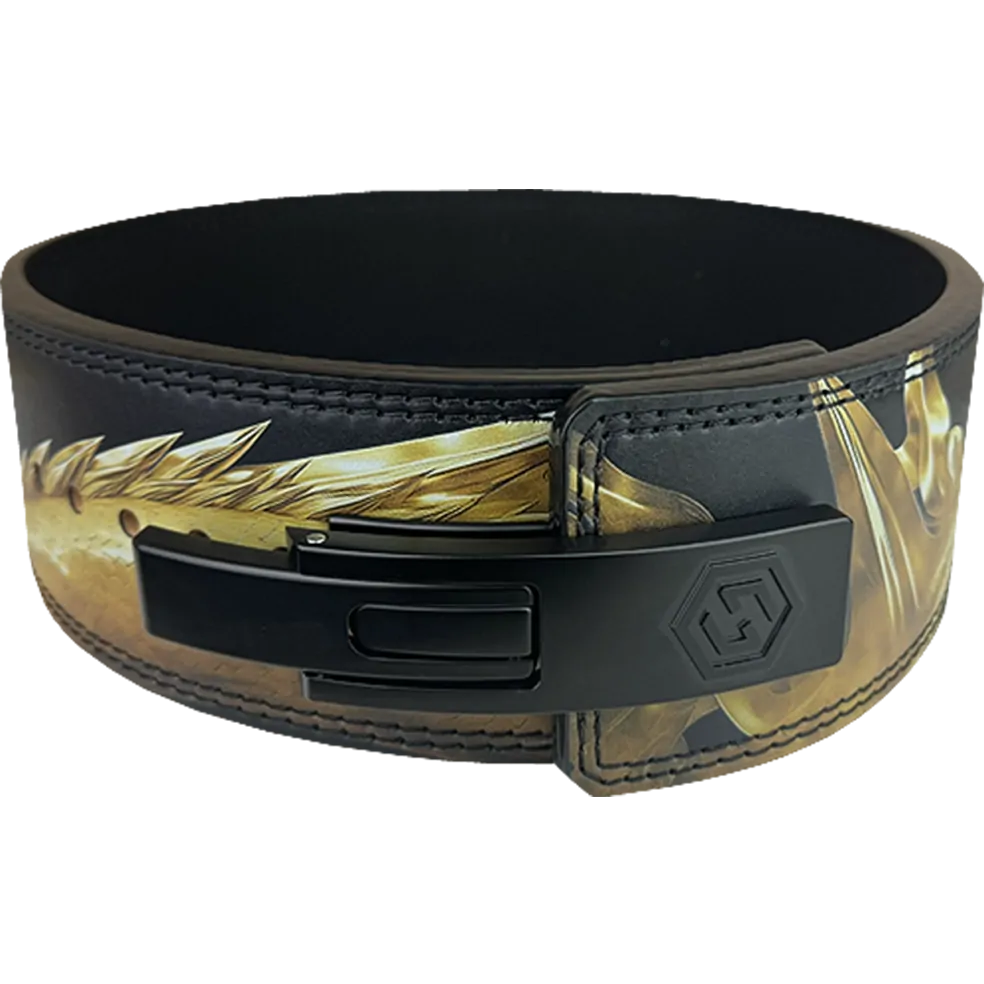

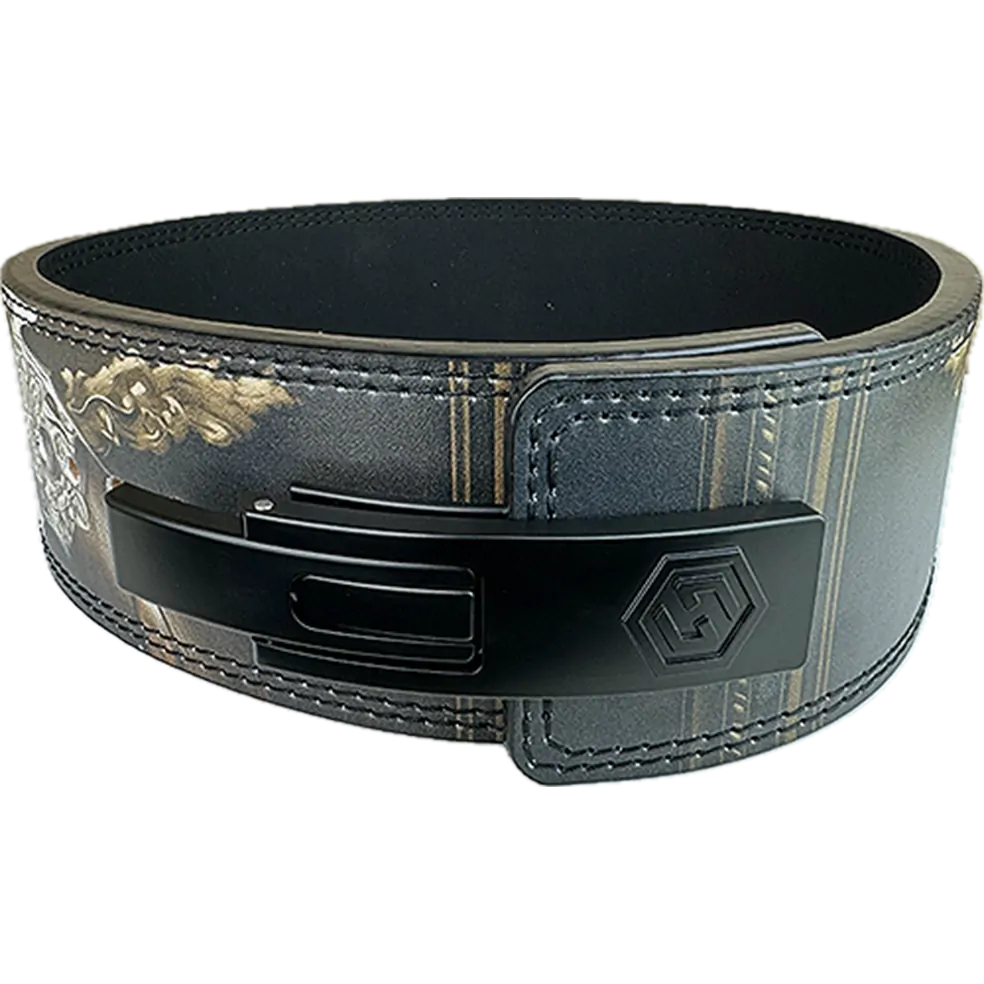







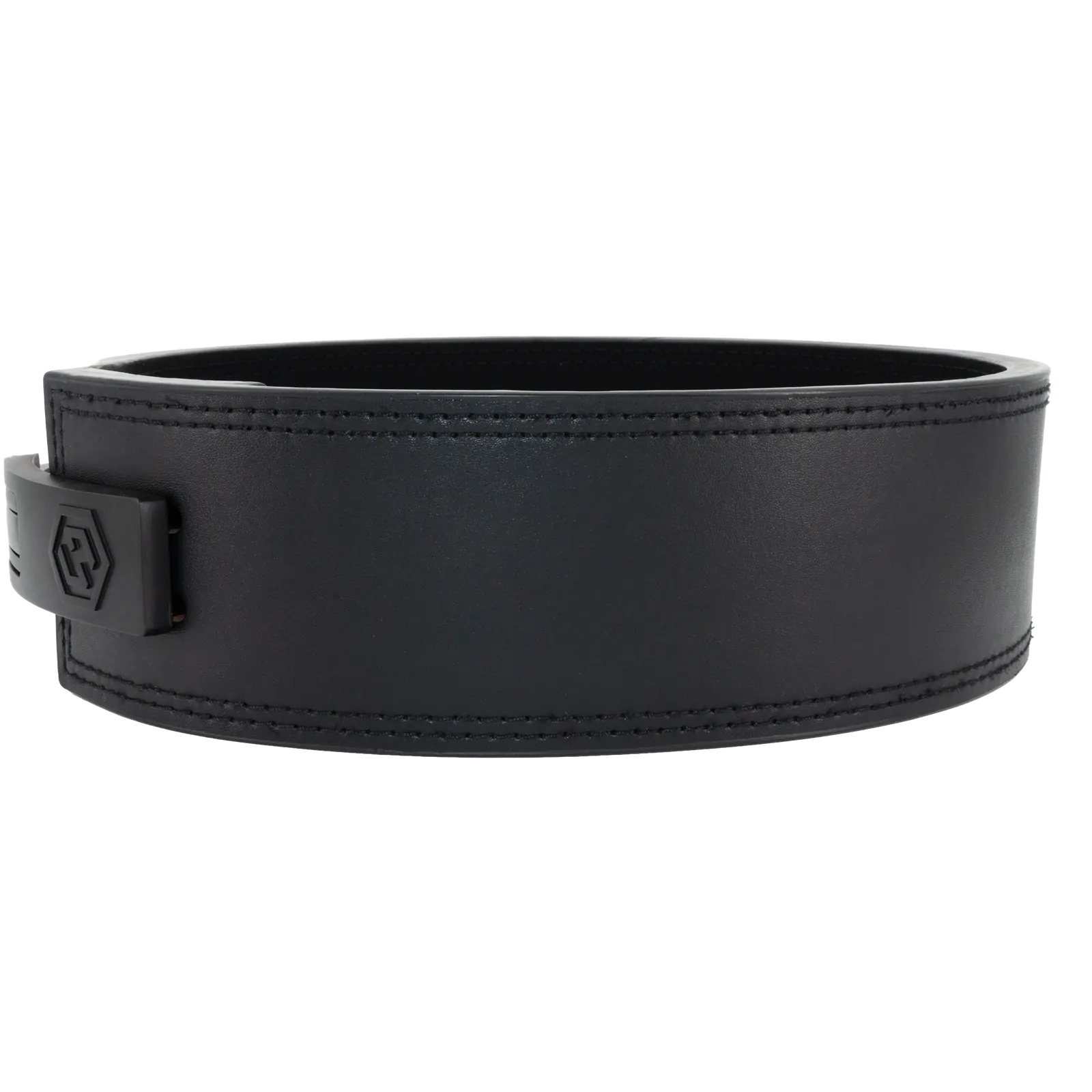

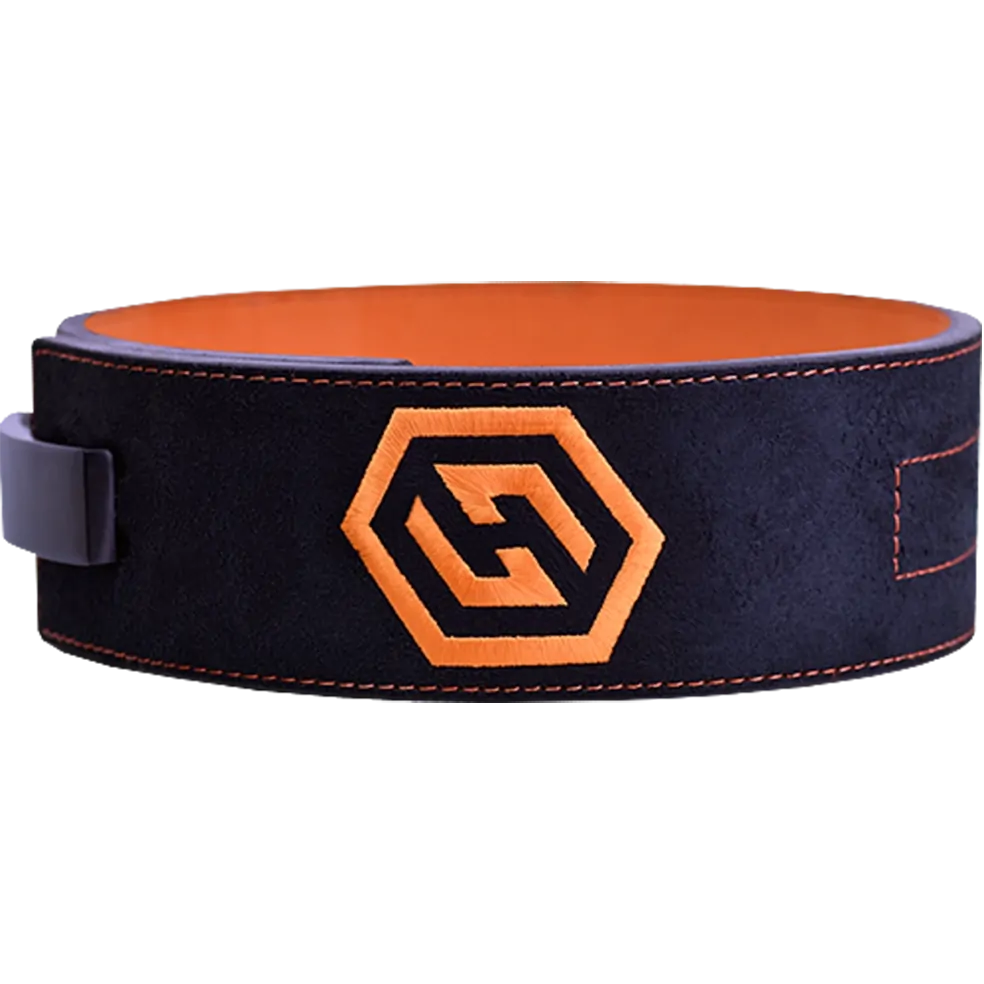



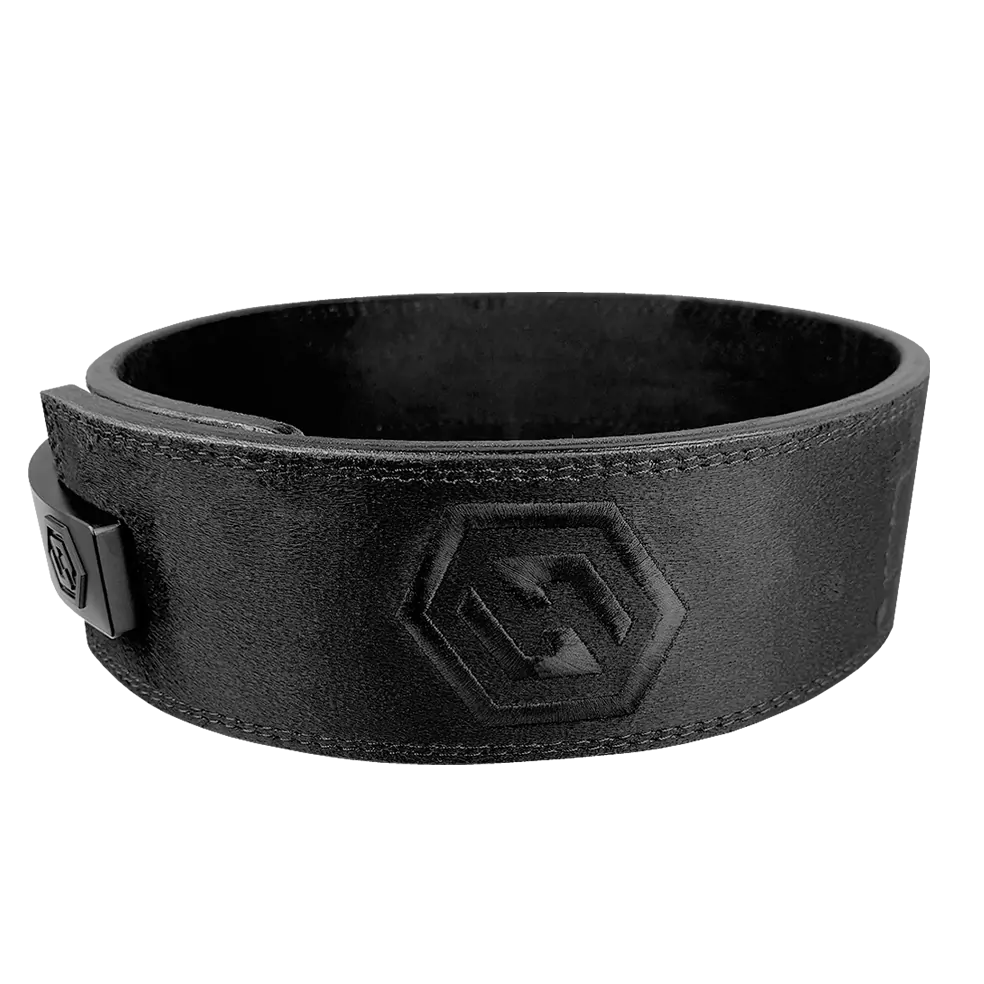

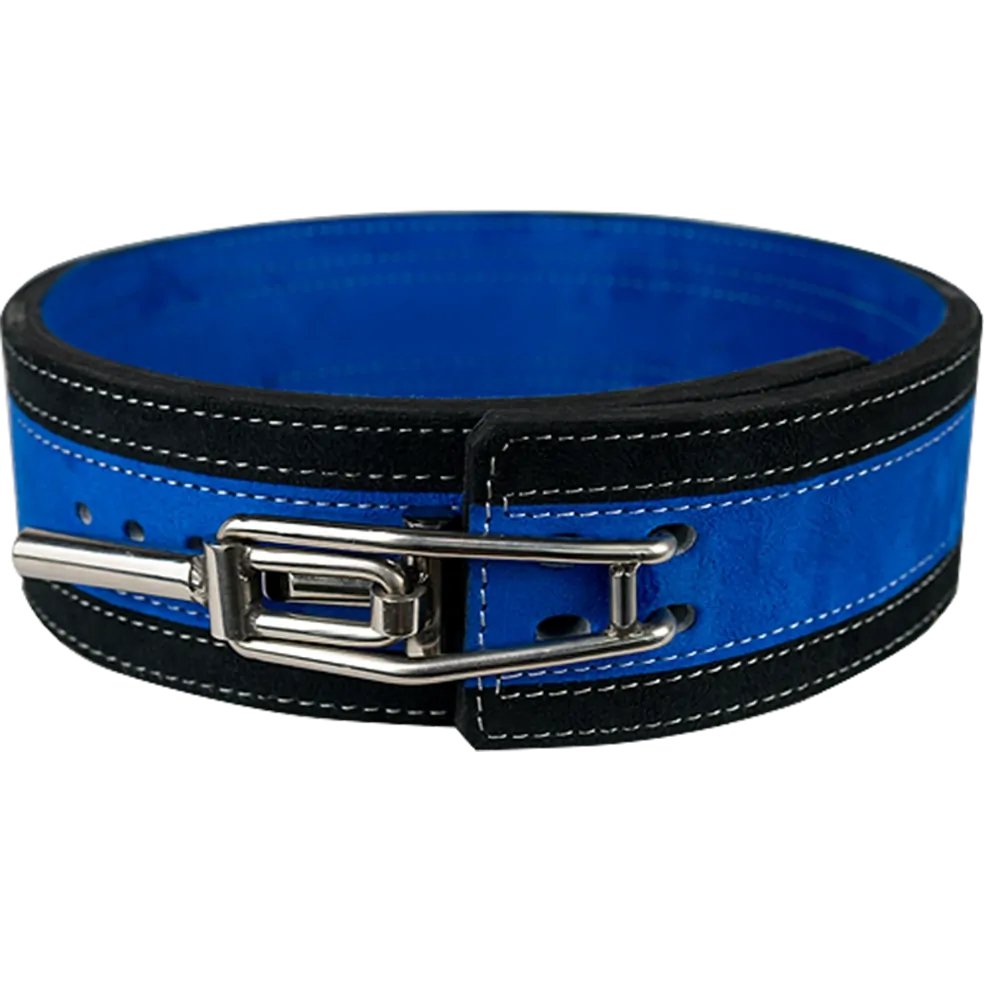

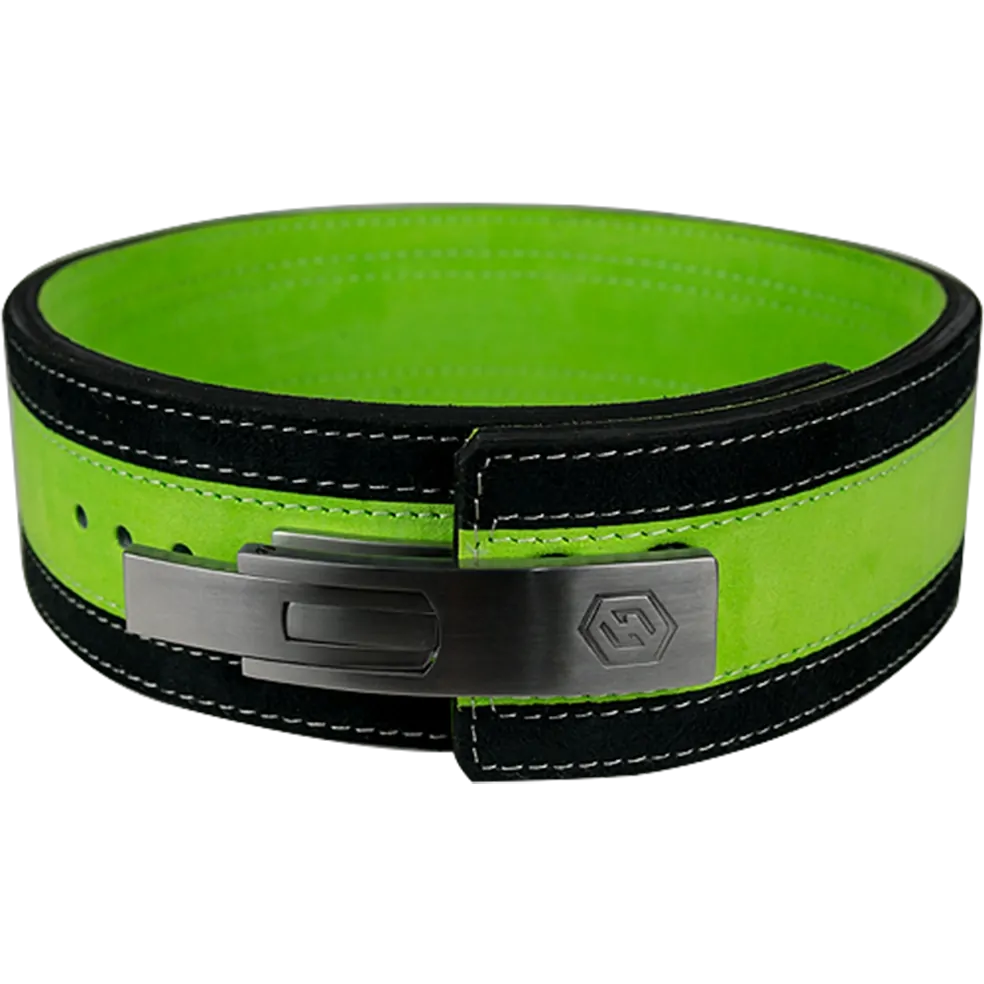

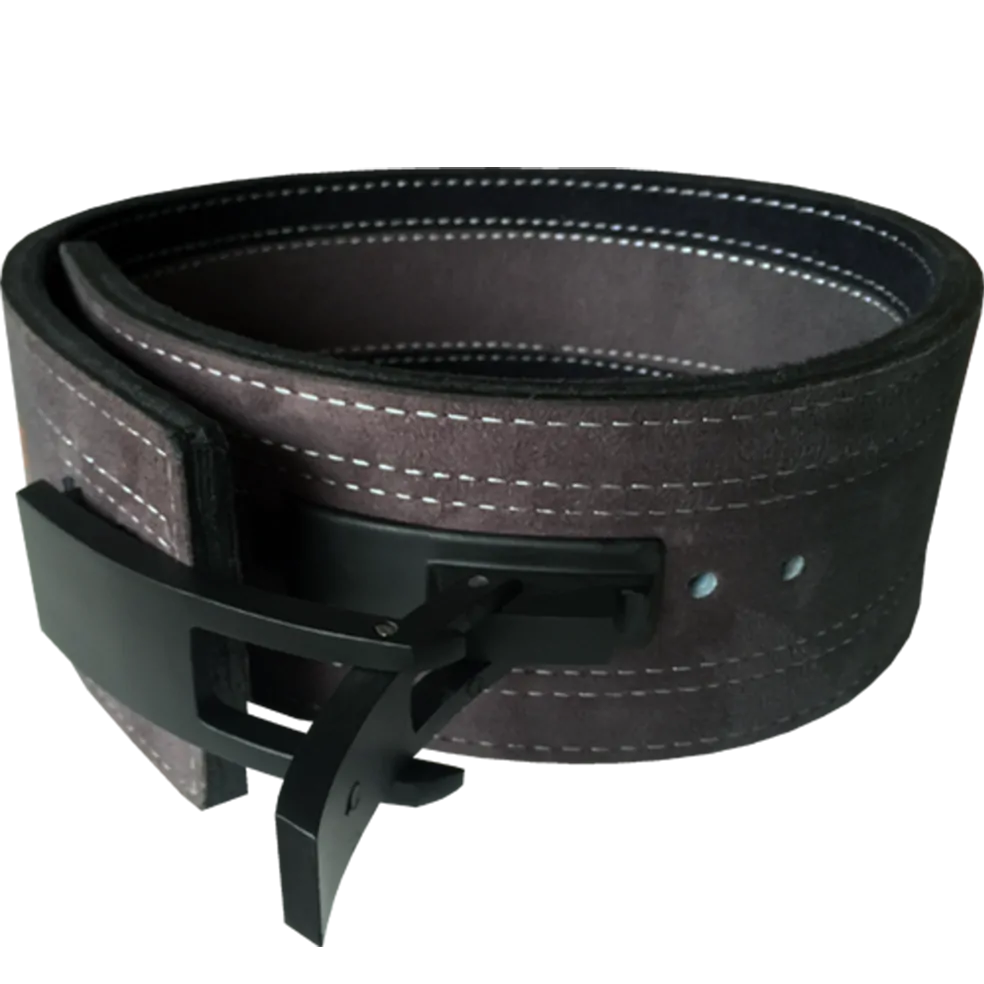


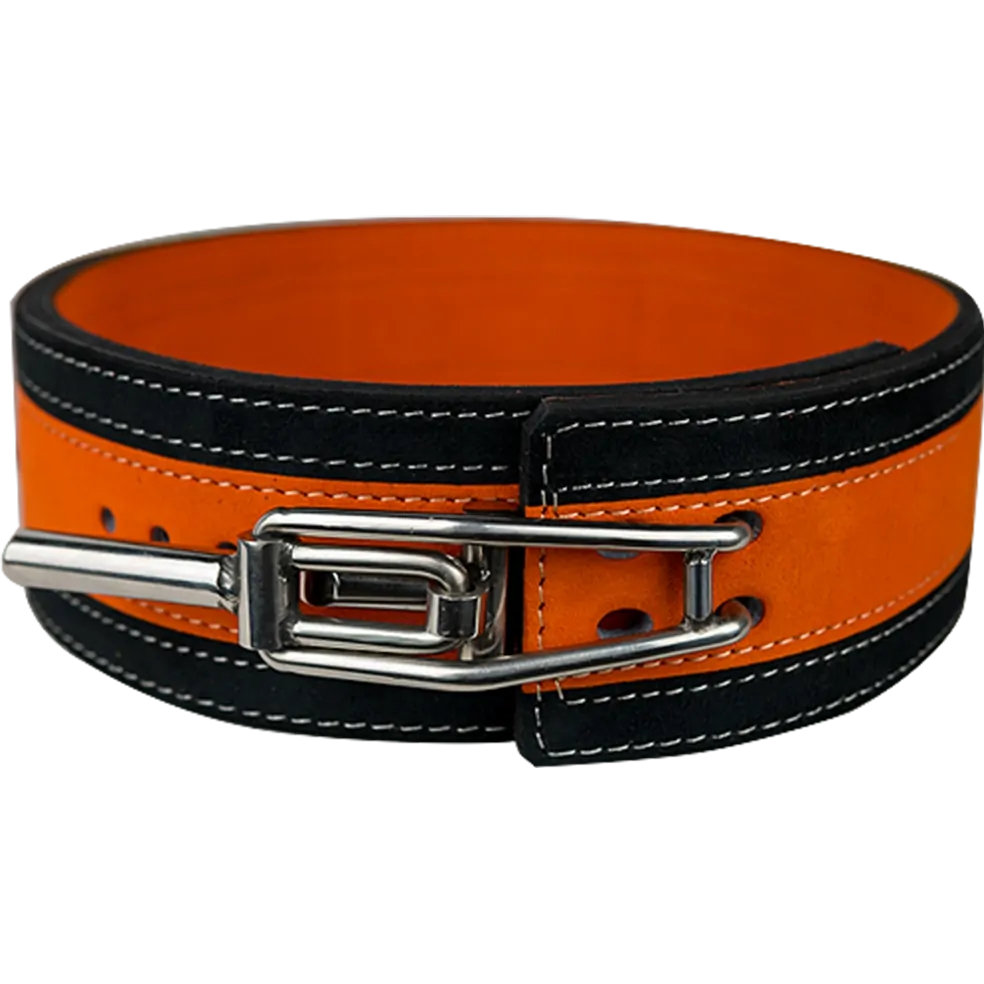

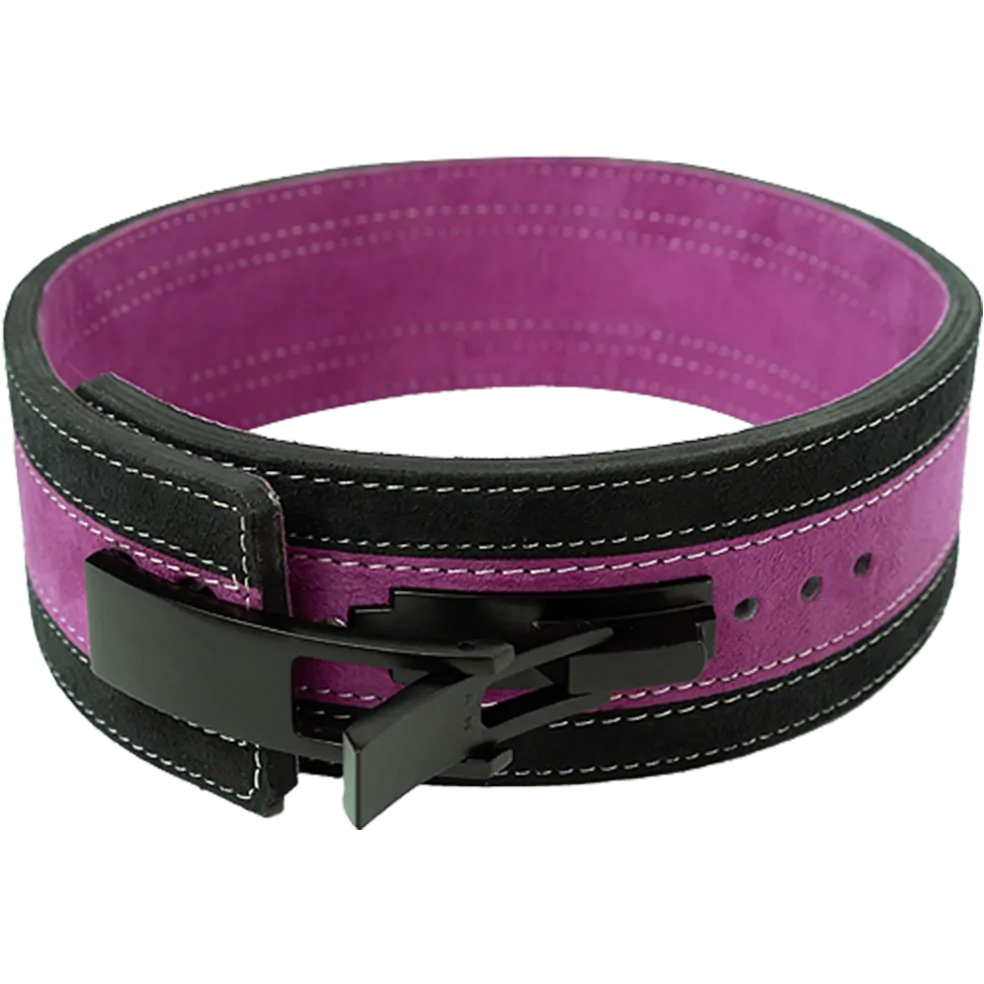

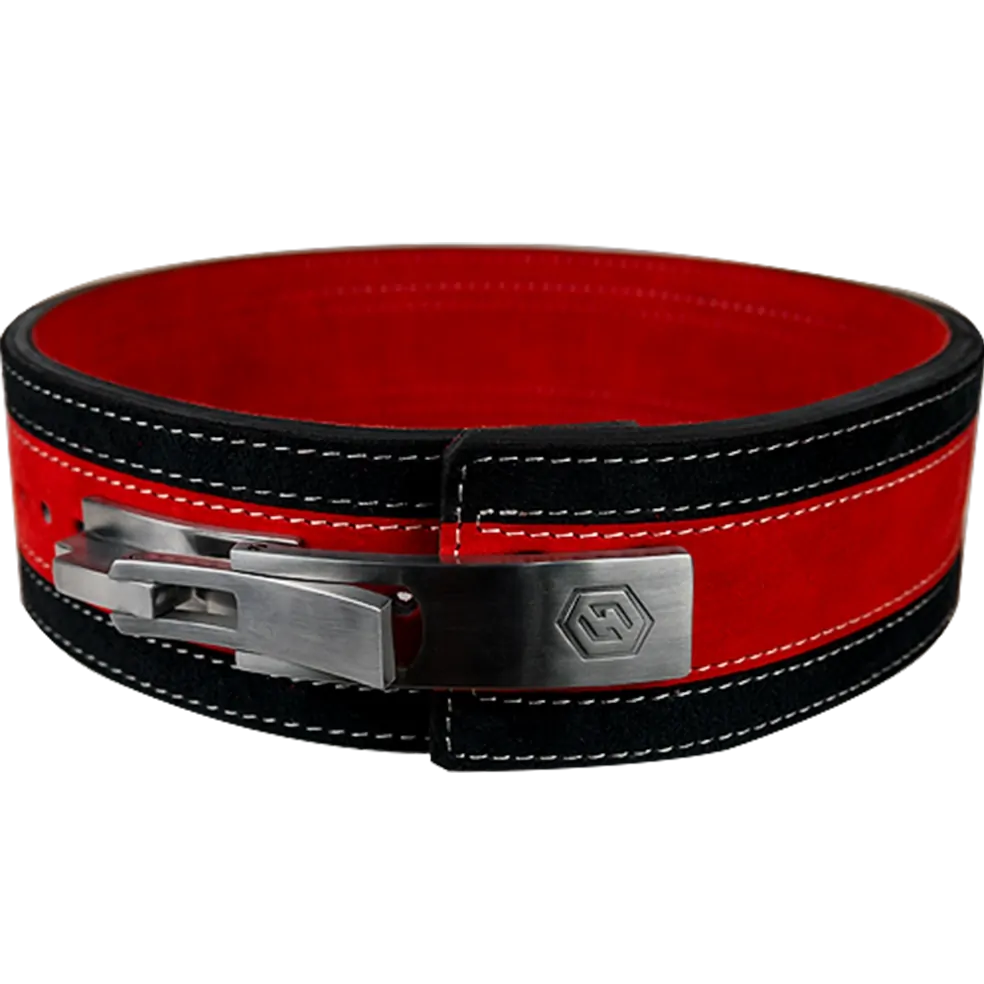

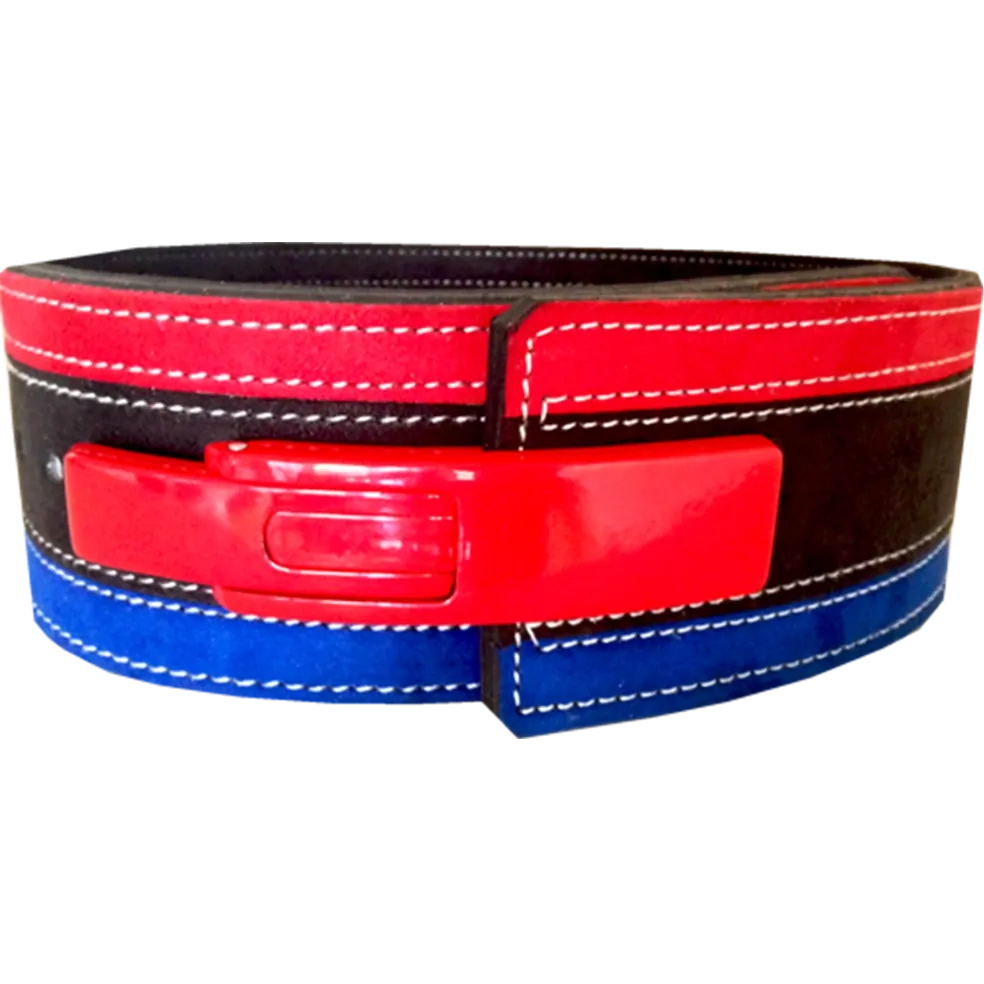


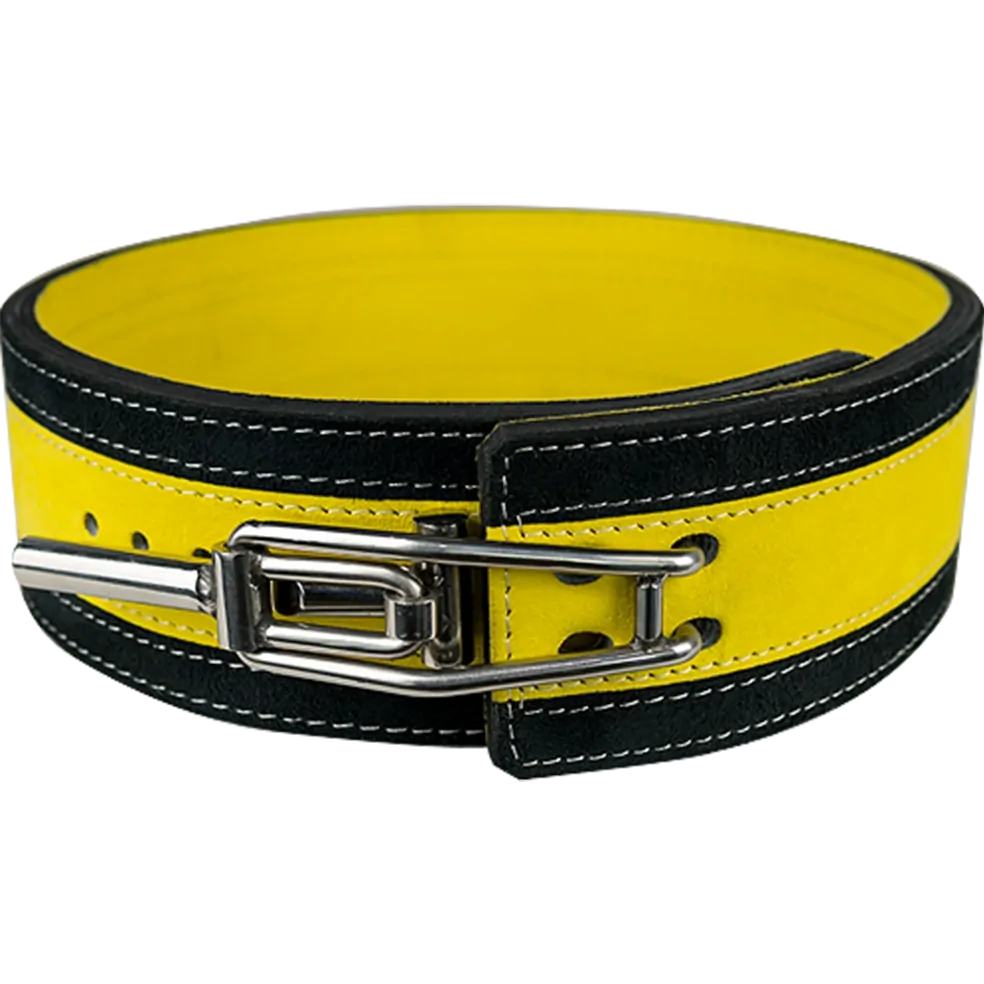

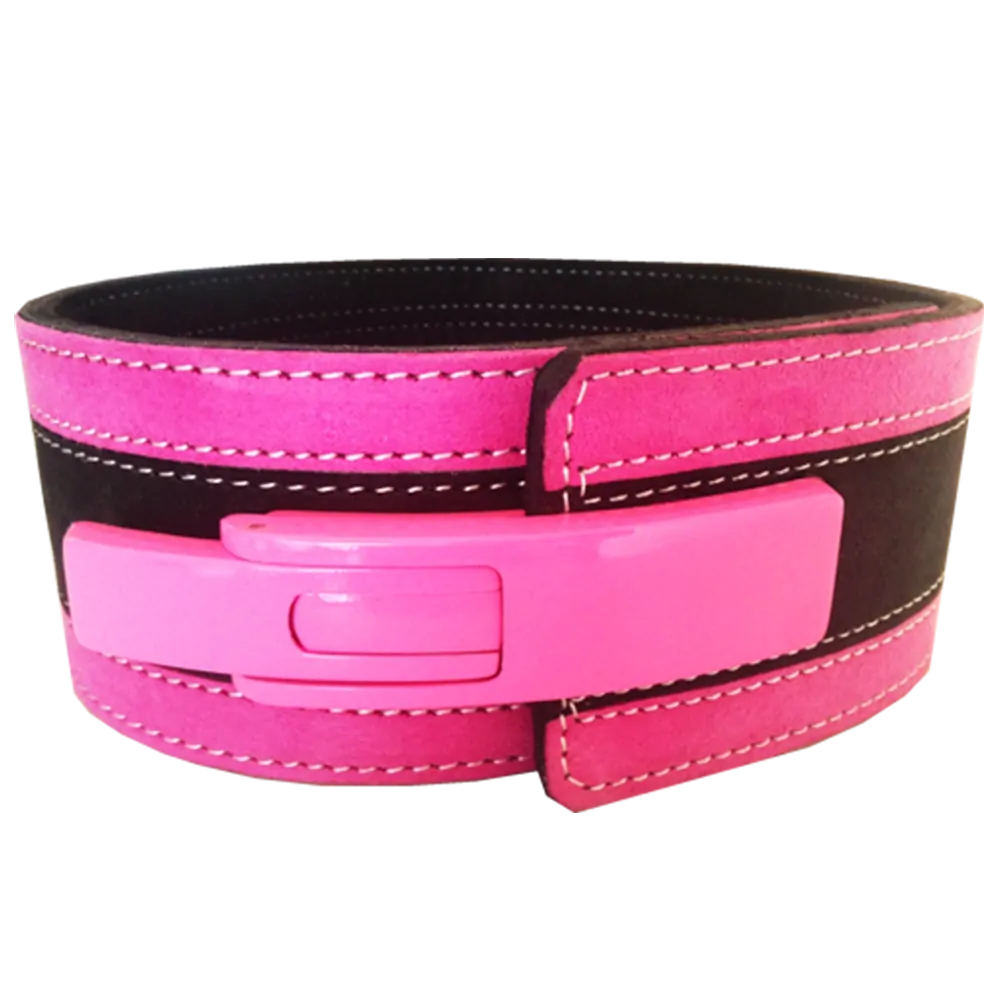

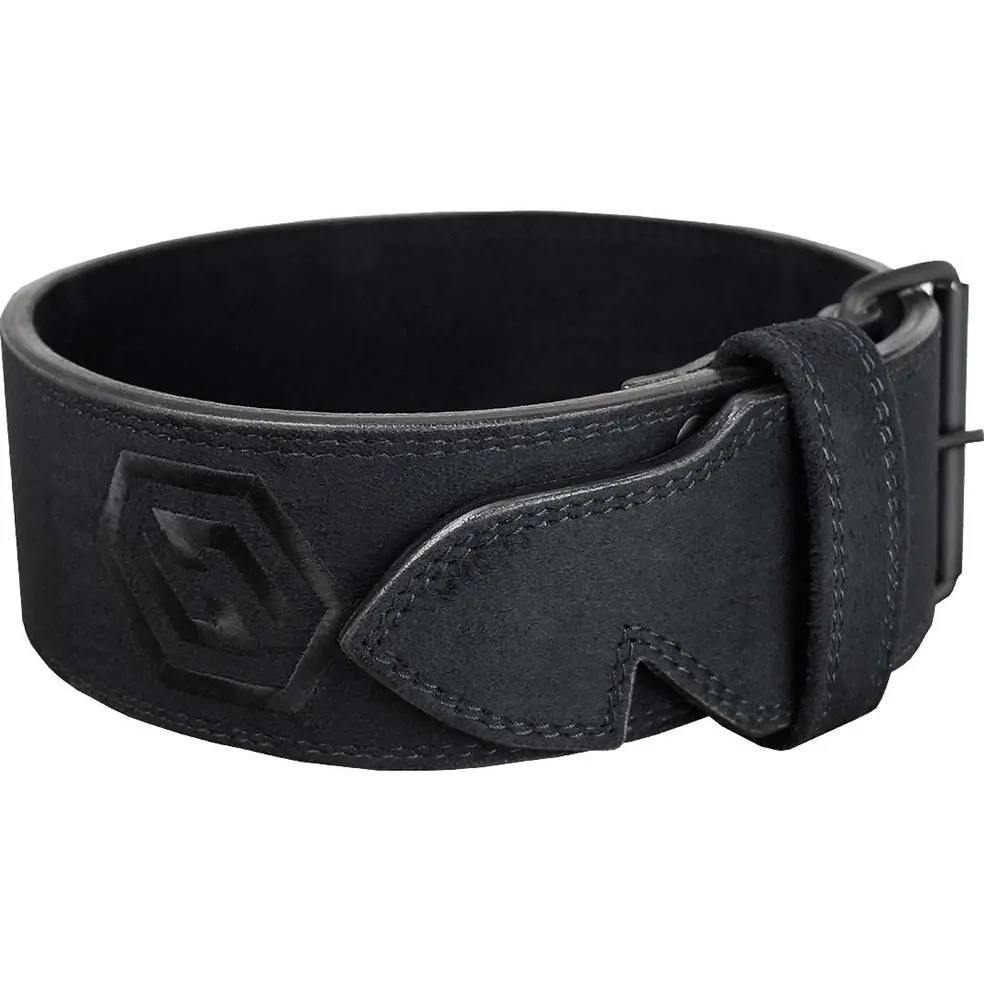

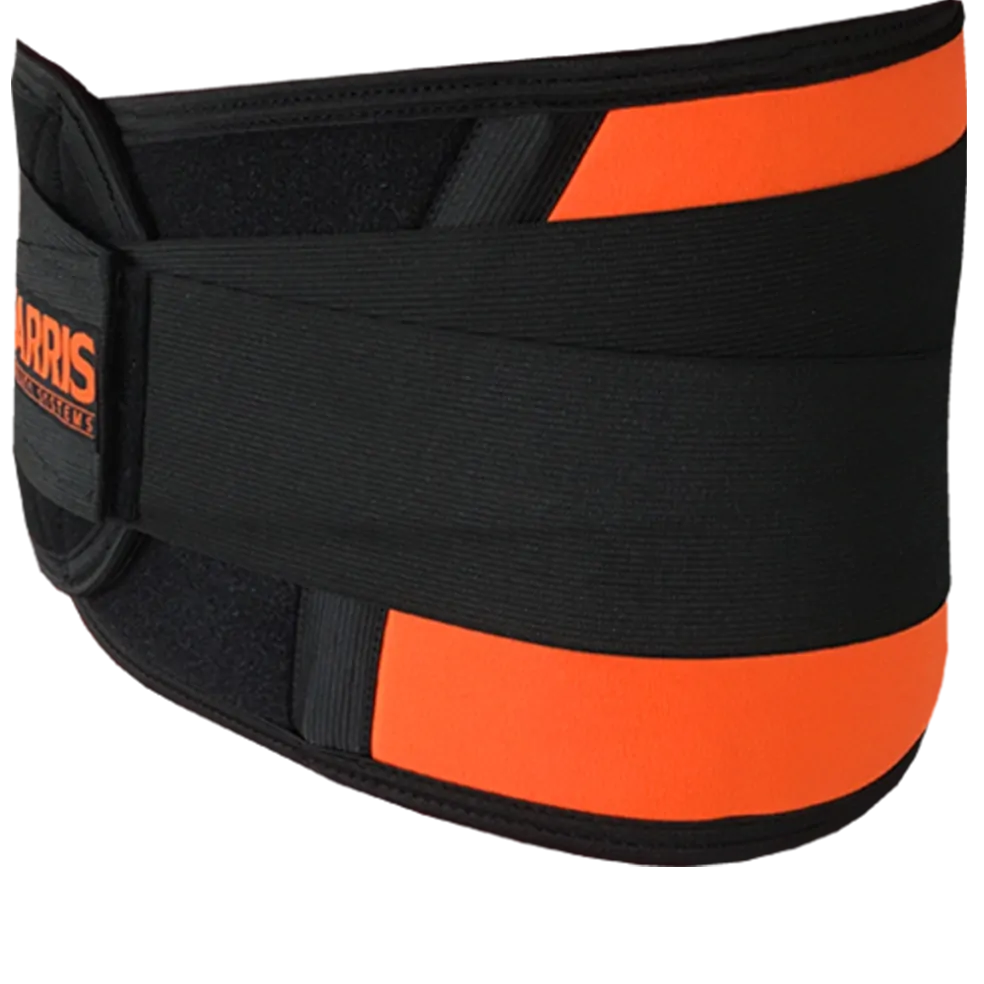


![Premium Lever [Colour Black]](/assets/thumbL/BL_P_BLK.webp?20251203115507)
![Premium Lever [Colour Black]](/assets/alt_1/BL_P_BLK.webp?20251203115929)
![Heavy Duty Lever [Colour Chrome]](/assets/thumbL/BL_HD_CHR.webp?20251203113805)
![Heavy Duty Lever [Colour Pink]](/assets/thumbL/BL_HD_PNK.webp?20251203113956)





